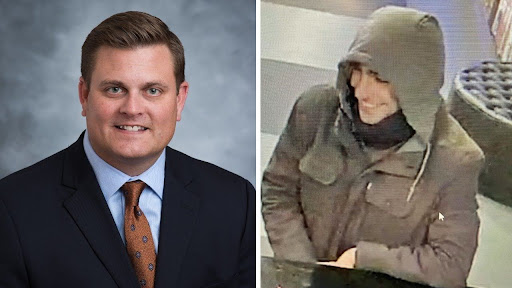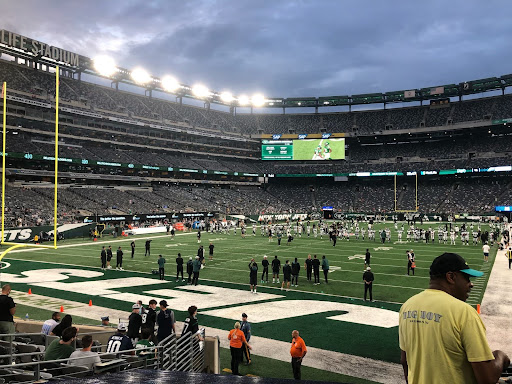
In the largely online world of the 21st century, it is a miracle that many bookstores still stand and that reading physical, full-length books is a popular hobby. Barnes and Noble, the largest chain of bookstores in the U.S., struggled greatly throughout the 2010s. But now, they are expanding. In 2024, 58 new stores are on track to open.
What caused this shift? In part, it is due to new management, but the book industry as a whole is growing. The immense influence of social media, which would seem to harm the book industry, has actually helped it thrive.
The rise of book-centered social media, namely BookTok, has greatly impacted the culture of the current publishing industry. Instead of recommending individual novels, entire aesthetics are marketed. From “dark academia” to “sad girl reads” and “smutty” romance books, readers are encouraged to choose books that suit their chosen aesthetic.
There are some drawbacks, though.
Books that fit these aesthetics are pushed on social media platforms, while less popular novels not as idealized are largely ignored. It becomes a redundant collection of books that fit the mold of a certain trope.
The marketing teams at corporate companies and library staff embrace these trends. After all, they increase sales and readers. Barnes and Noble even has a dedicated BookTok section on their website and display table in stores.
Although it is great that consumers— especially young ones —- are choosing to read for leisure, they get a rather narrow scope of what’s available through social media.
“It Ends with Us” by Colleen Hoover skyrocketed to popularity on TikTok, selling over 10 million copies. This year, a film adaptation was released. As the case in the novel, difficult themes of domestic violence are widely romanticized and pigeonholed into tropes. Most casual readers likely view it as the figurehead of books about the topic, which can be harmful.
Meanwhile, powerful, literary acclaimed memoirs like “In the Dream House” by Carmen Maria Machado that respectfully capture the topic are barely recommended or as saturated as “It Ends with Us.”
Reading is held up as an aesthetic hobby rather than one about the content that the books themselves contain. To capture audiences’ attention spans, the ideas in a book are whittled down to unimaginative tropes. The same tired “enemies to lovers” plotlines are recycled while more complex books are mostly left unmentioned.
And, these ideas don’t need to be erased altogether; it only becomes problematic when they are the dominant ones being promoted. Young readers are being introduced to reading in a largely formulaic way, instead of being encouraged to look further into the actual commentary the books they’re consuming provide.
This goes against the primary purpose of reading: to gain perspective from a wide array of authors who have different experiences. Although the book industry is growing monetarily, is it truly developing as an art?









